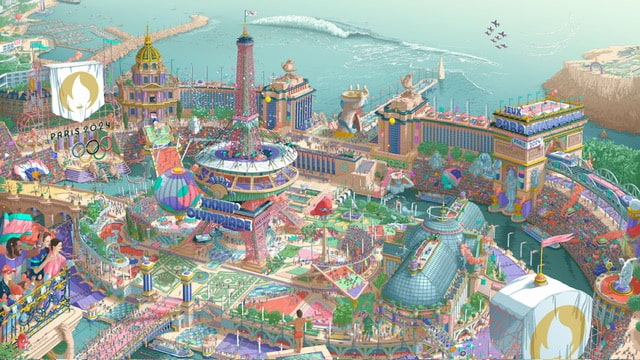

Until that point, Gattoni had spent his career indulging his "surrealist spirit and healthy dose of humor" in works that defied easy categorization. His megapolis-themed Hermès scarf, "Hippopolis," debuted in the Fall/Winter collection of 2015, placing him firmly in the pantheon of French cultural arbiters alongside Jean Paul Gaultier and Philippe Starck. The scarf, with its horse monument rising improbably from a sea of architectural fragments, perfectly encapsulated Gattoni's aesthetic: a world where the eye wanders freely, each tiny detail holding a surprise in store, like a mischievous Escher fever dream rendered in silk.
But the Olympic commission was a different beast entirely. How to capture the essence of Paris, the fervor of athletic competition, and the universal spirit of the Games in a single image? The answer, it seemed, lay in Gattoni's signature style—a maximalist approach that treats white space as a mortal enemy to be vanquished with an army of intricate details.
What began as a simple stadium soon blossomed into a Parisian fantasia, with the city's iconic monuments serving as the building blocks for a sports arena unlike any other. The Eiffel Tower, draped in the finery of the Stade de France, towers over a landscape where the Seine flows through the Arc de Triomphe and divers plunge from the parapets of Pont Alexandre III.
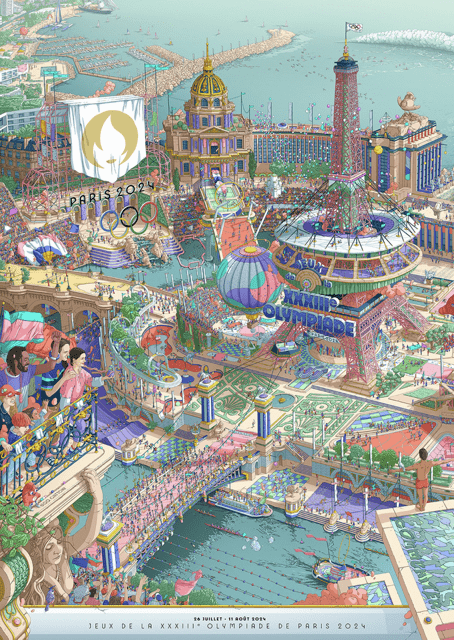
Four months and 2,000 hours of intense work followed, a period during which Gattoni's studio became a sort of artistic war room. "I went into detail," he says, with characteristic understatement. "I added buildings, changed the background, put in the shadow. I added the Tahiti wave and included Marseille." Each element was meticulously rendered by hand, without the aid of AI or digital trickery—a fact that becomes staggering when one considers the sheer number of unique figures populating the crowd scenes.
The result is a poster that rewards endless scrutiny, a Where's Waldo for the aesthetically inclined. Hidden among the riotous details are eight Olympic mascots, a game within a game that speaks to Gattoni's playful nature. "I wanted the poster to tell countless things, to be full of symbols," says Joachim Roncin, director of design at Paris 2024. "There are many small details, they're stories within the stories."
It's this layered approach that has made Gattoni a darling of the fashion world, his work adorning not just Hermès scarves but a host of other luxury goods. In an era where attention spans are measured in milliseconds, Gattoni's creations demand—and reward—prolonged engagement. They are, in essence, analog antidotes to our digital malaise.
The Olympic commission represents a pinnacle of sorts for Gattoni, a chance to see his vision writ large across his beloved Paris. "I can't wait to see what it looks like, to see how much people appreciate it and how much it will be circulated," he says, a rare moment of vulnerability peeking through his typically composed exterior.
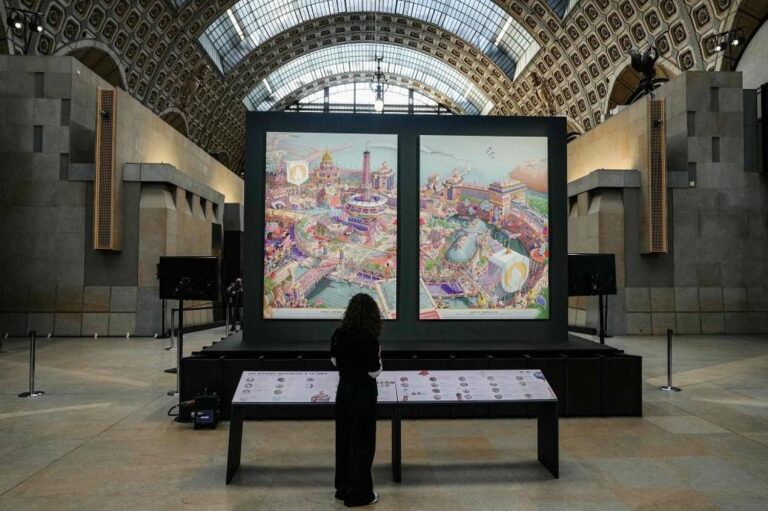
Indeed, the posters will be impossible to avoid as the games begin tomorrow. A 5x4 meter version will hold court at the Musée d'Orsay, allowing art lovers and sports fans alike to lose themselves in Gattoni's Olympian dreamscape. It's a fitting venue for work that bridges the gap between high art and popular culture, much as the Impressionists did over a century ago.
Gattoni's ascent to this rarefied air of French cultural prominence has been as intricate and surprising as one of his illustrations. Born and raised in the City of Light, he absorbed its artistic heritage through osmosis, wandering the halls of the Louvre and the Centre Pompidou as a child, his imagination fired by the juxtaposition of classical and modern that defines Paris itself.
His early work, executed with a fanatical attention to detail that would make Albrecht Dürer nod in approval, caught the eye of the fashion world long before the Olympics came calling. The "Hippopolis" scarf for Hermès was a watershed moment, a 90x90 cm silk canvas that unfurled like a fever dream of urban planning gone gloriously awry. At its center, the titular equine colossus presided over a cityscape that seemed to have sprung fully formed from the collective unconscious of a thousand architects on acid.
Gattoni wanted to create a world where the fantastical and the quotidian collide, where every glance reveals a new story. This philosophy, it seems, has carried through to his Olympic work, where the marriage of sport and city creates a new mythology for the modern age.
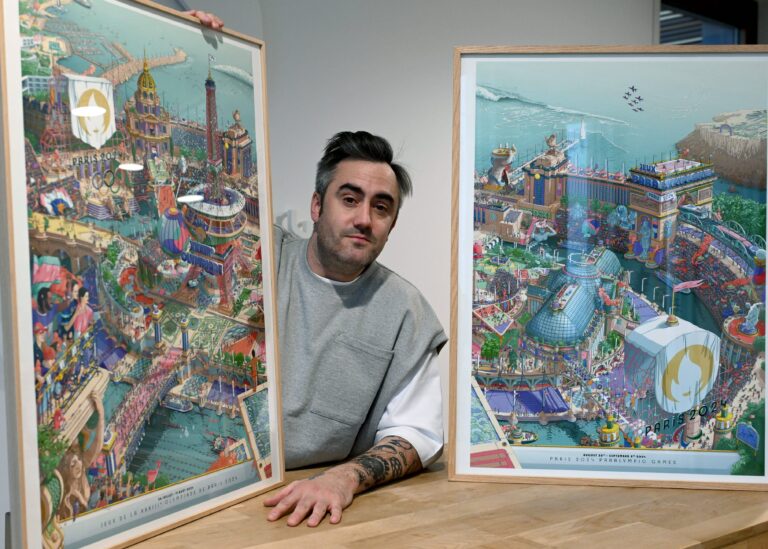
The transition from luxury accessories to Olympic iconography might seem a leap, but for Gattoni, it's all part of the same artistic continuum. "Whether I'm designing for Hermès or for the Games, my goal is the same: to create a world that invites exploration, that rewards curiosity," he explains, gesturing to the myriad sketches pinned to his studio walls. Each one is a portal to a different aspect of his vision for the Olympics, from the grandiose (a velodrome constructed from the arches of Notre-Dame) to the whimsical (a fencer dueling with the shadow of the Eiffel Tower).
As we delve deeper into his process, Gattoni reveals the painstaking attention to detail that defines his work. "For the Olympic poster, I wanted to capture not just the events themselves, but the spirit of the Games—the camaraderie, the excitement, the sheer joy of human achievement," he says, pulling out a series of character studies that would put a Disney animator to shame. Each figure in the crowd, no matter how small, has its own personality, its own story to tell.
This commitment to individuality within the grand tapestry of his work speaks to a larger theme in Gattoni's art: the celebration of diversity within unity. It's a message that resonates particularly strongly with the Olympic ideal, and one that Gattoni was keen to emphasize in his design. "Paris is a city of a thousand faces," he muses, "and the Olympics bring the world to our doorstep. I wanted to create an image that would make everyone, regardless of where they're from, feel like they have a place in this celebration."
The influence of Paris on Gattoni's work cannot be overstated. Like a modern-day Baudelaire, he wanders the streets of the city, sketchbook in hand, capturing the essence of its architecture, its people, its very soul. "Paris is my muse," he admits, "but it's also my canvas. In my work, I try to reimagine the city as it could be, as it might be in our wildest dreams."
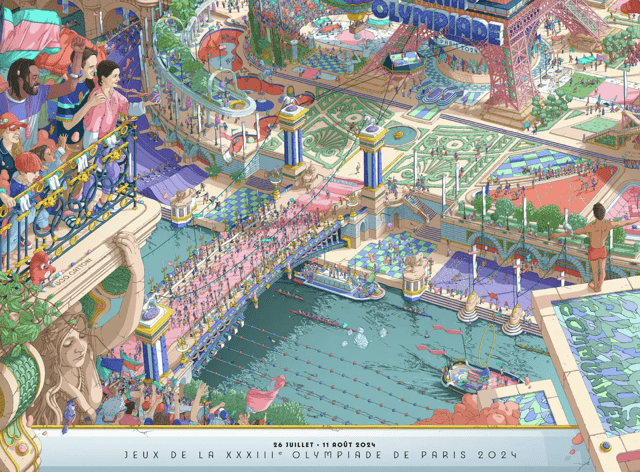
This reimagining is evident in every aspect of the Olympic poster. The Seine doesn't just flow through the city; it becomes a surging artery of athletic prowess, carrying kayakers and swimmers along its length. The iconic monuments of Paris are transformed into sporting venues, with the grace of their original designs echoed in the fluid movements of the athletes who now inhabit them.
I'm struck by the parallels between Gattoni and the artistic revolutionaries of the past. Just as Monet sought to capture "the air that surrounds the bridge, the house, the boat," Gattoni aims to render the very essence of Paris and the Olympic spirit. His is a world where the boundaries between reality and fantasy blur, where a city becomes a stadium and a horse can reign over a metropolis.
The legacy of French art looms large over Gattoni's work, but he wears this inheritance lightly. "Of course, I'm aware of the tradition I'm working within," he says, "but I try not to let it overwhelm me. My goal is to create something new, something that speaks to our time while honoring what came before."
This balance between tradition and innovation is perhaps what makes Gattoni the perfect choice for the Olympic commission. The Games themselves are a celebration of timeless human virtues—strength, grace, perseverance—expressed through the lens of contemporary athleticism. In much the same way, Gattoni's art takes the enduring beauty of Paris and reconfigures it for the 21st century, creating a vision that is at once familiar and startlingly new.
In the end, Ugo Gattoni's Olympic posters stand as a testament to the enduring power of imagination in an age of digital reproduction. They are at once a celebration of sport, a love letter to Paris, and a continuation of France's rich artistic legacy. As the world turns its eyes to the City of Light in 2024, it will be Gattoni's vision that greets them—a vision as intricate, playful, and ineffably French as the artist himself.
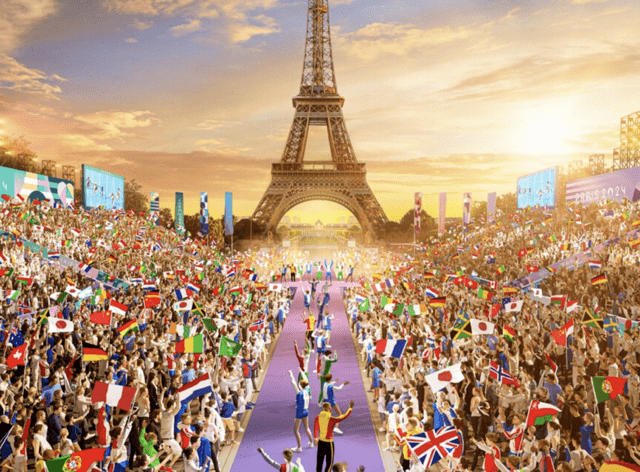
For Gattoni, the journey from the Hermès scarf to the Olympic poster has been one of continual evolution and refinement. Each project has built upon the last, expanding his artistic vocabulary and pushing the boundaries of what's possible within the confines of a single image. The Olympic commission represents not just a personal triumph, but a validation of his unique artistic vision on the global stage.
As the 2024 Games approach, Gattoni's work will become an inextricable part of the Olympic narrative, his reimagined Paris serving as a backdrop to the triumphs and heartbreaks that define the world's greatest sporting event. In his intricate, whimsical cityscape, athletes, spectators, and dreamers alike will find a reflection of their own Olympic aspirations—a testament to the unifying power of art and sport.
And so, as the sun sets over Gattoni's studio, casting long shadows across his drafting table, one can't help but feel a sense of anticipation. For in these sketches and studies lies the seed of something truly extraordinary: a vision of Paris, of the Olympics, and of human potential itself that will soon captivate the world. Ugo Gattoni, the boy who once wandered the streets of Paris with a sketchbook, has become the man who will show us all a new way of seeing the city—and ourselves.
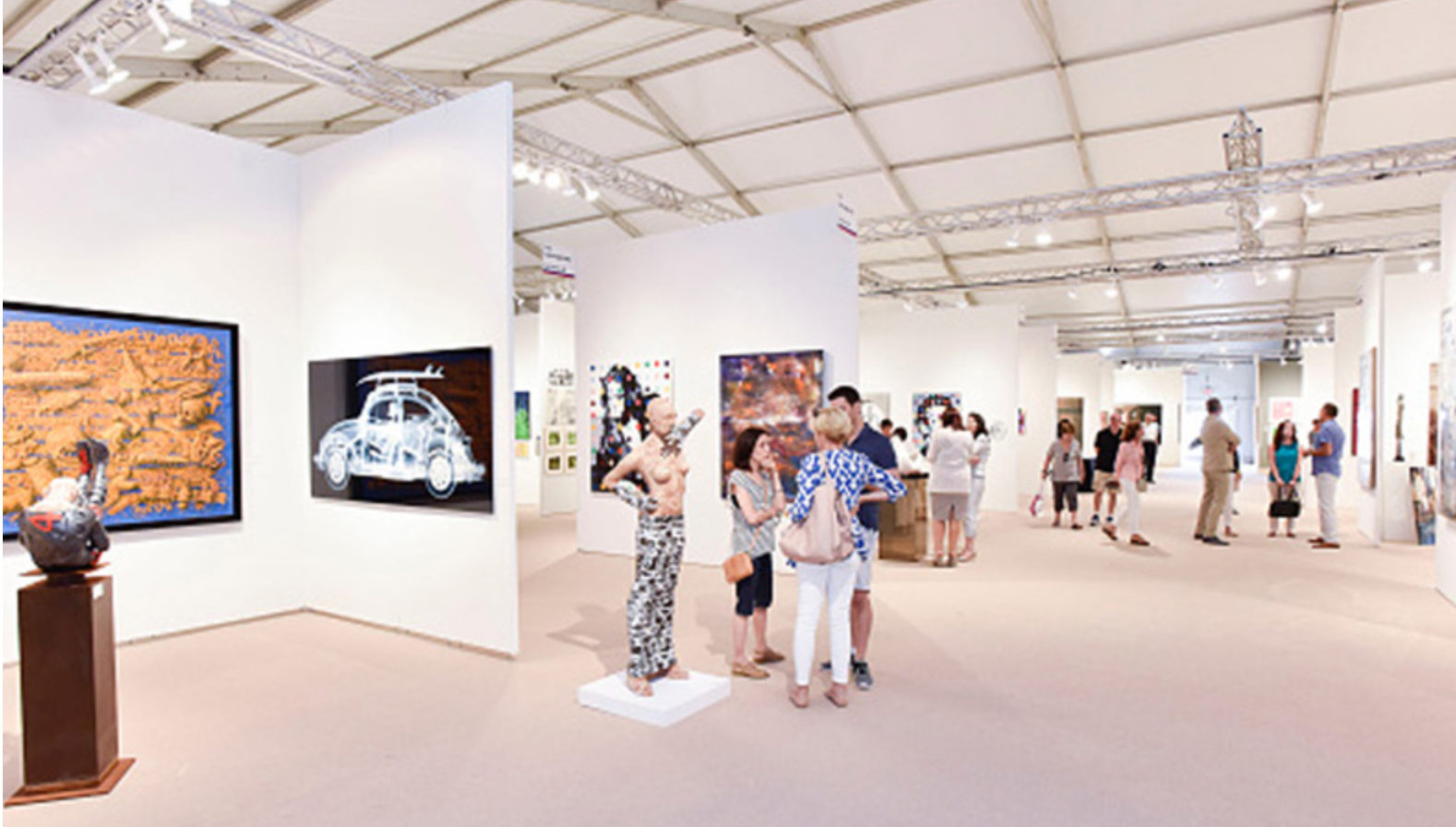
Abigail MacFadden • July 11, 2024 •
3min read

Abigail MacFadden • June 25, 2024 •
3min read

Abigail MacFadden • June 11, 2024 •
4min read
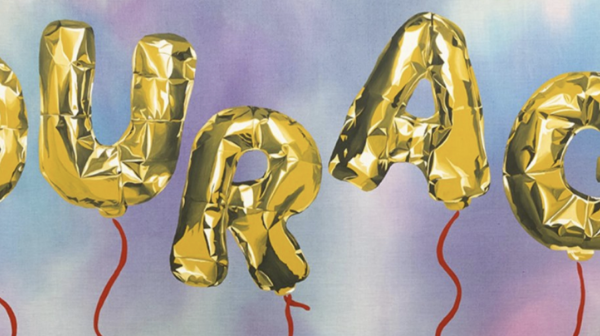
Abigail MacFadden • June 6, 2024 •
4 min read
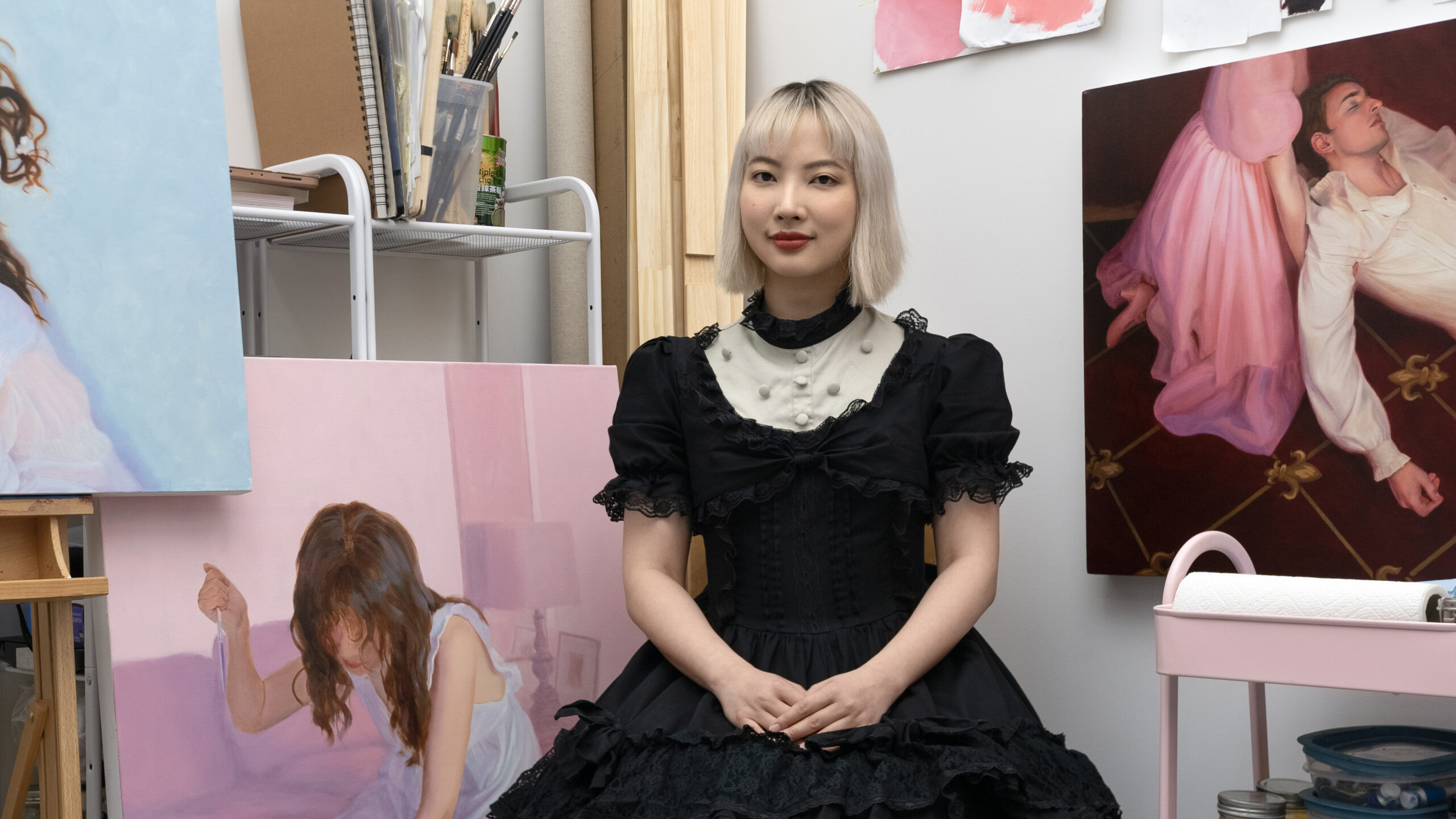
Abigail MacFadden • June 5, 2024 •
10 min read
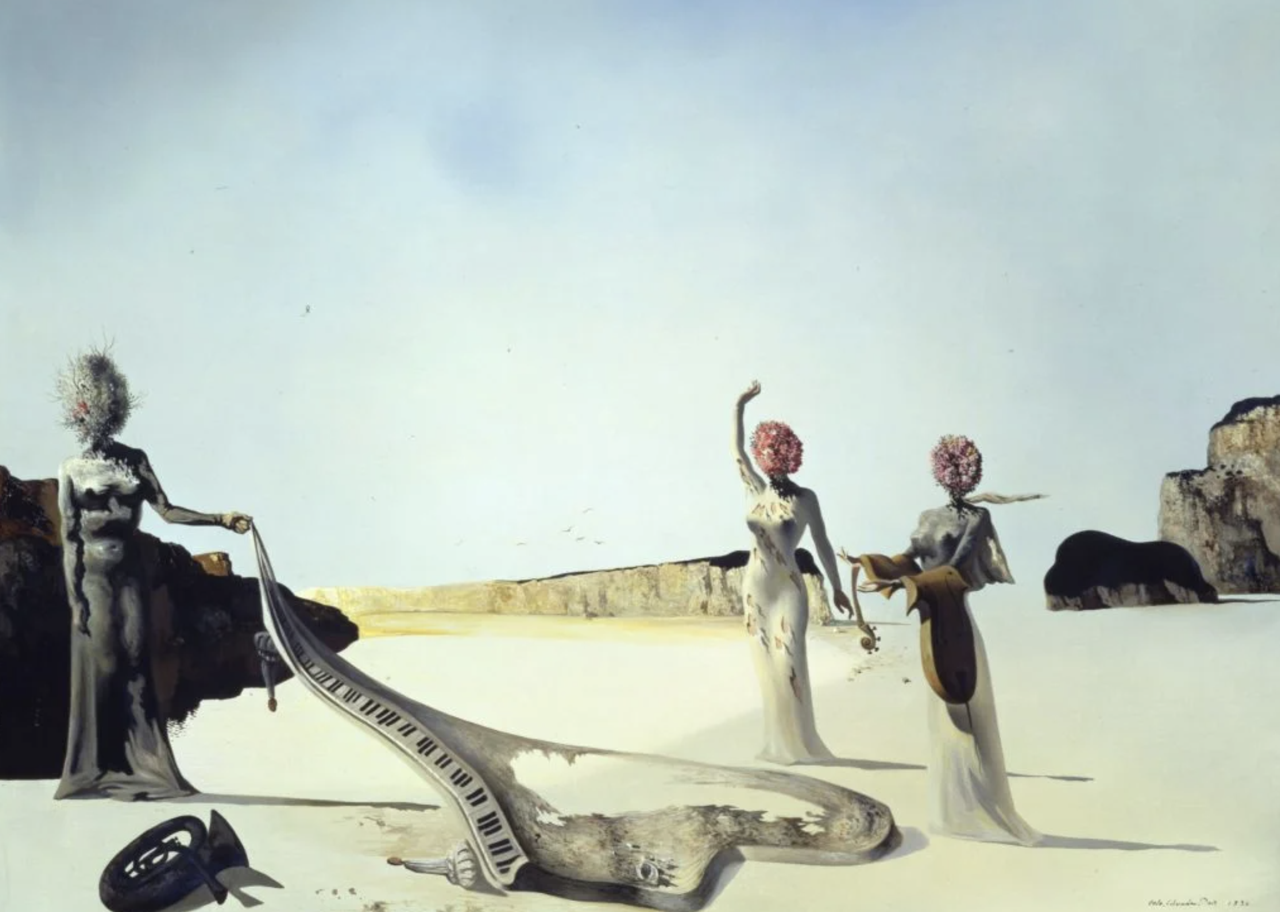
Abigail MacFadden• May 31, 2024 •
6 min read
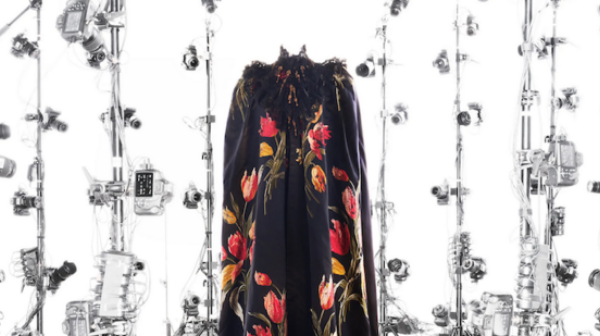
Demi Dubois-Moreau • May 23, 2024 •
6 min read

Demi Dubois-Moreau • May 16, 2024 •
7 min read

Abigail MacFadden • May 10, 2024 •
3 min read
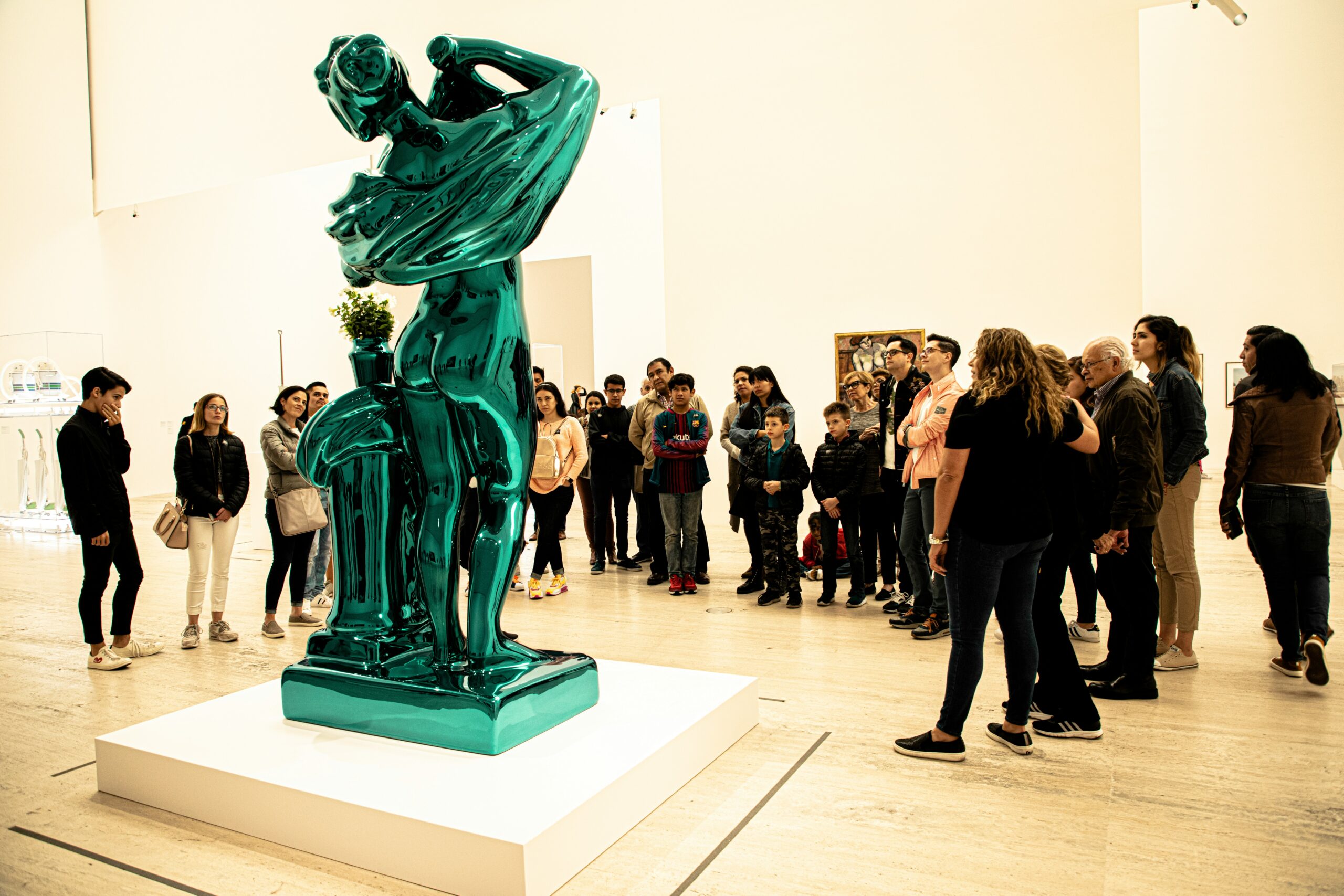
Demi Dubois-Moreau • May 9, 2024 •
3 min read
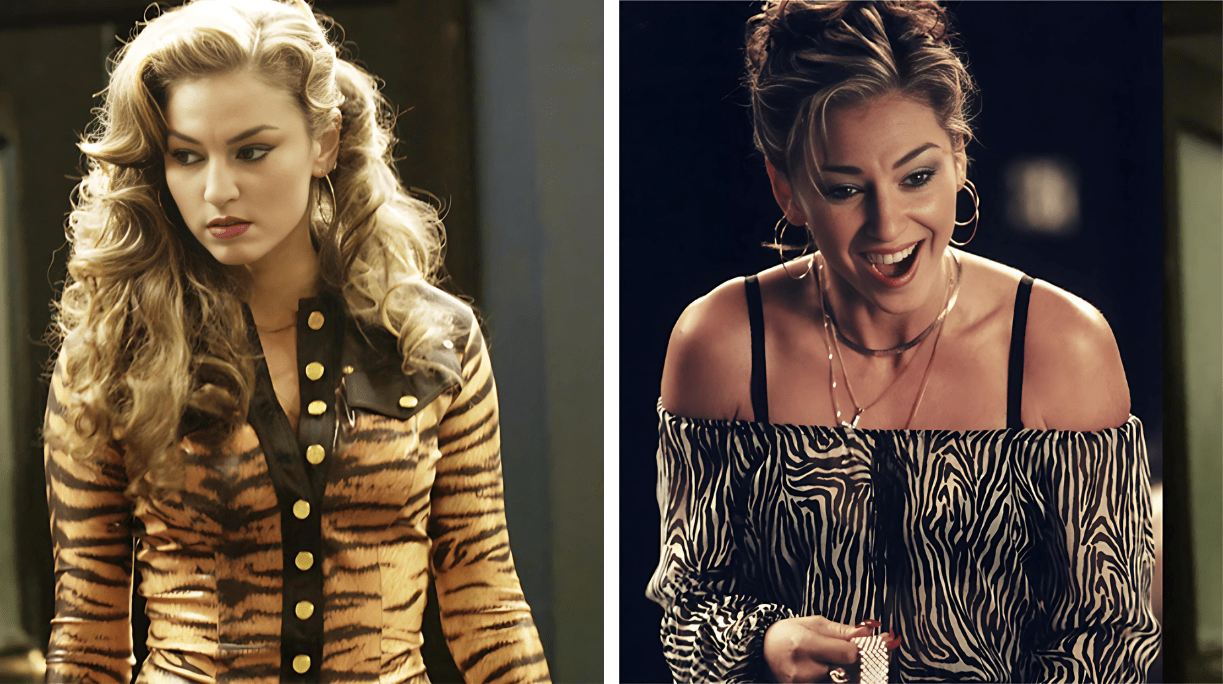
Demi Dubois-Moreau • May 2, 2024 •
7 min read
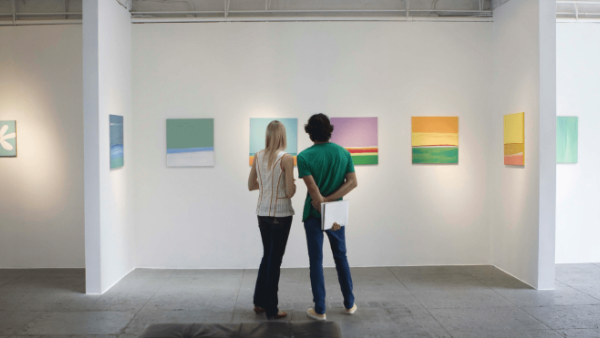
Demi Dubois-Moreau • Apr 25, 2024 •
7 min read

Demi Dubois-Moreau • April 19, 2024 •
3 min read
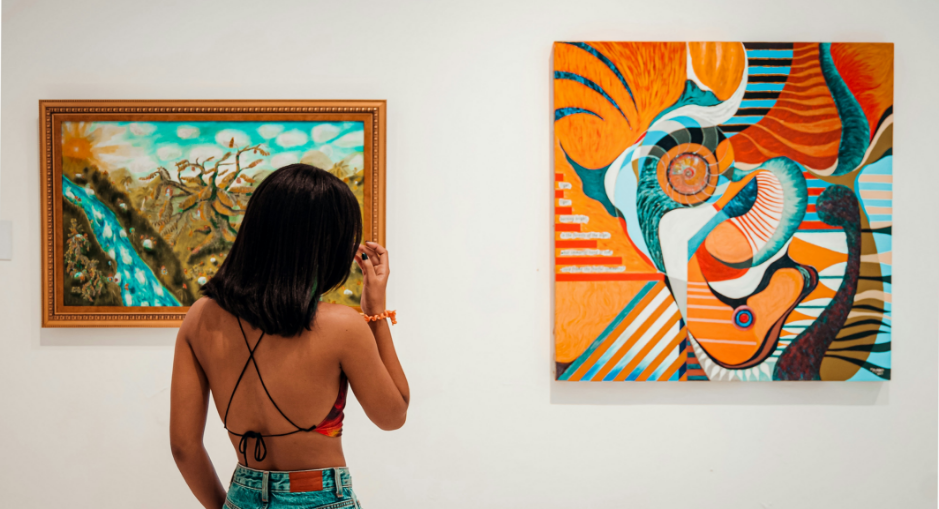
Abigail MacFadden • April 10, 2024 •
5 min read
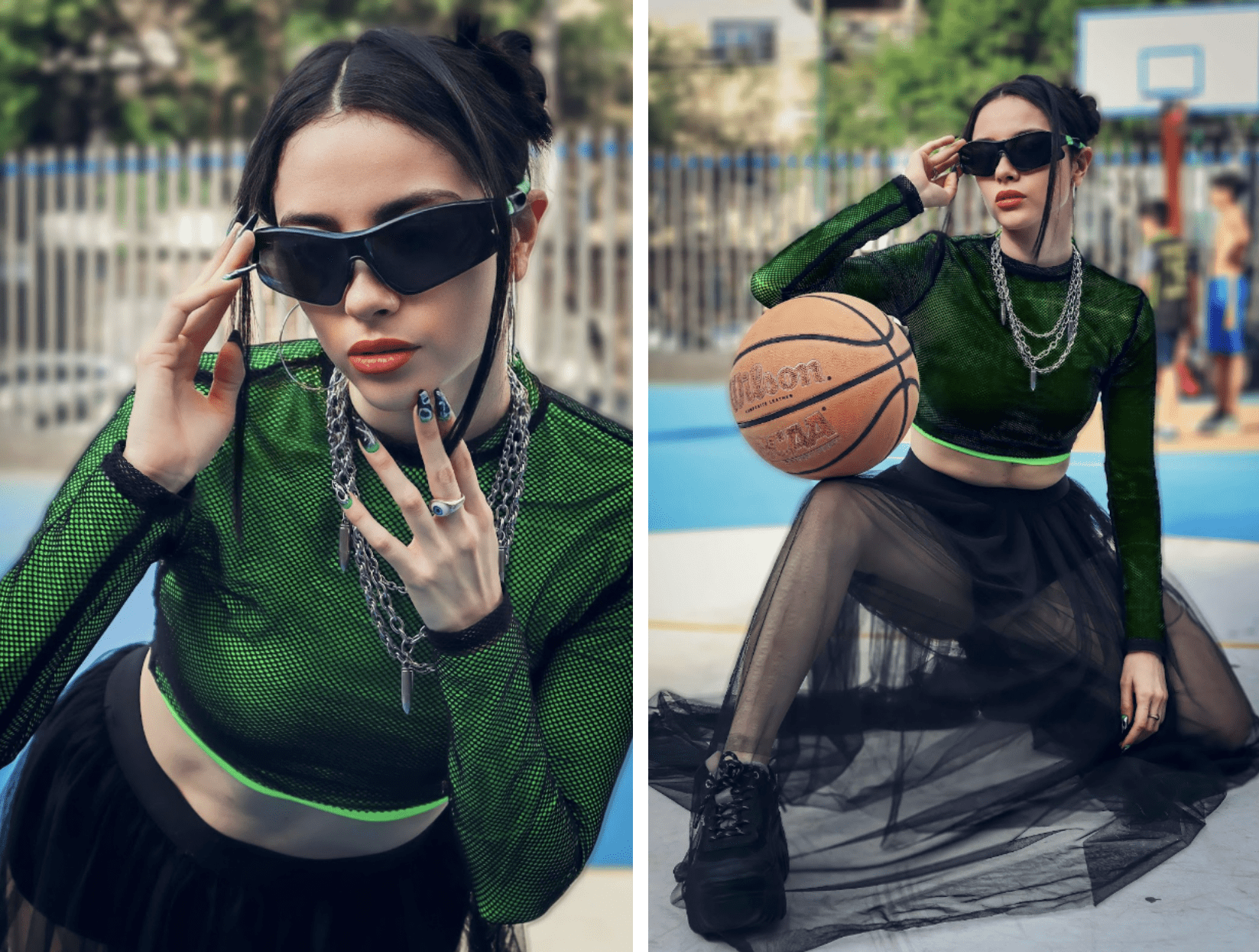
Sarwat M. • April 3, 2024 •
3 min read
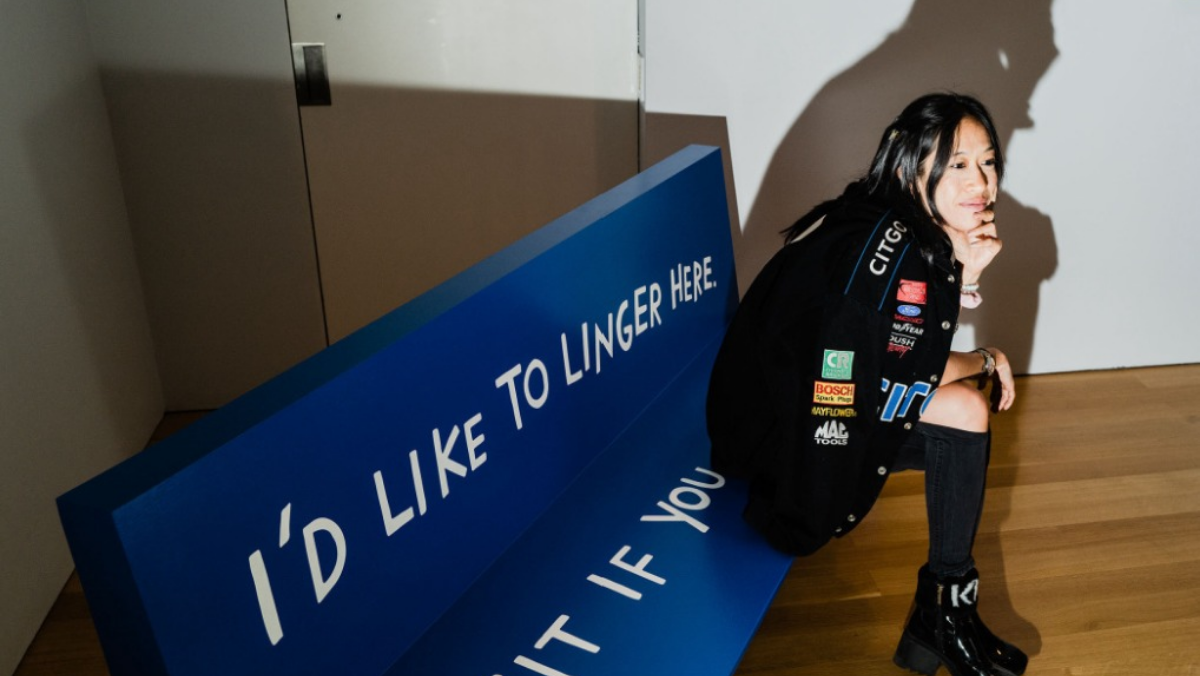
Abigail MacFadden • April 1, 2024 •
3 min read
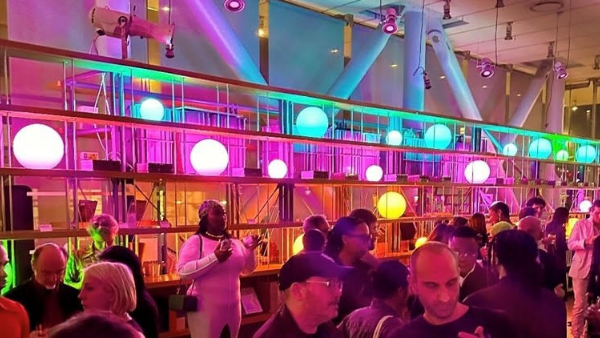
Abigail MacFadden • March 15, 2024 •
3 min read

Jocelyn McEvers • March 13, 2024 •
3 min read
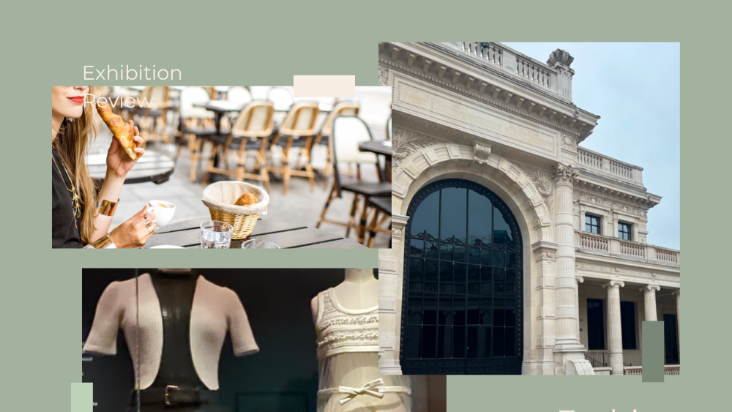
Jocelyn McEvers • March 9, 2024 •
7 min read
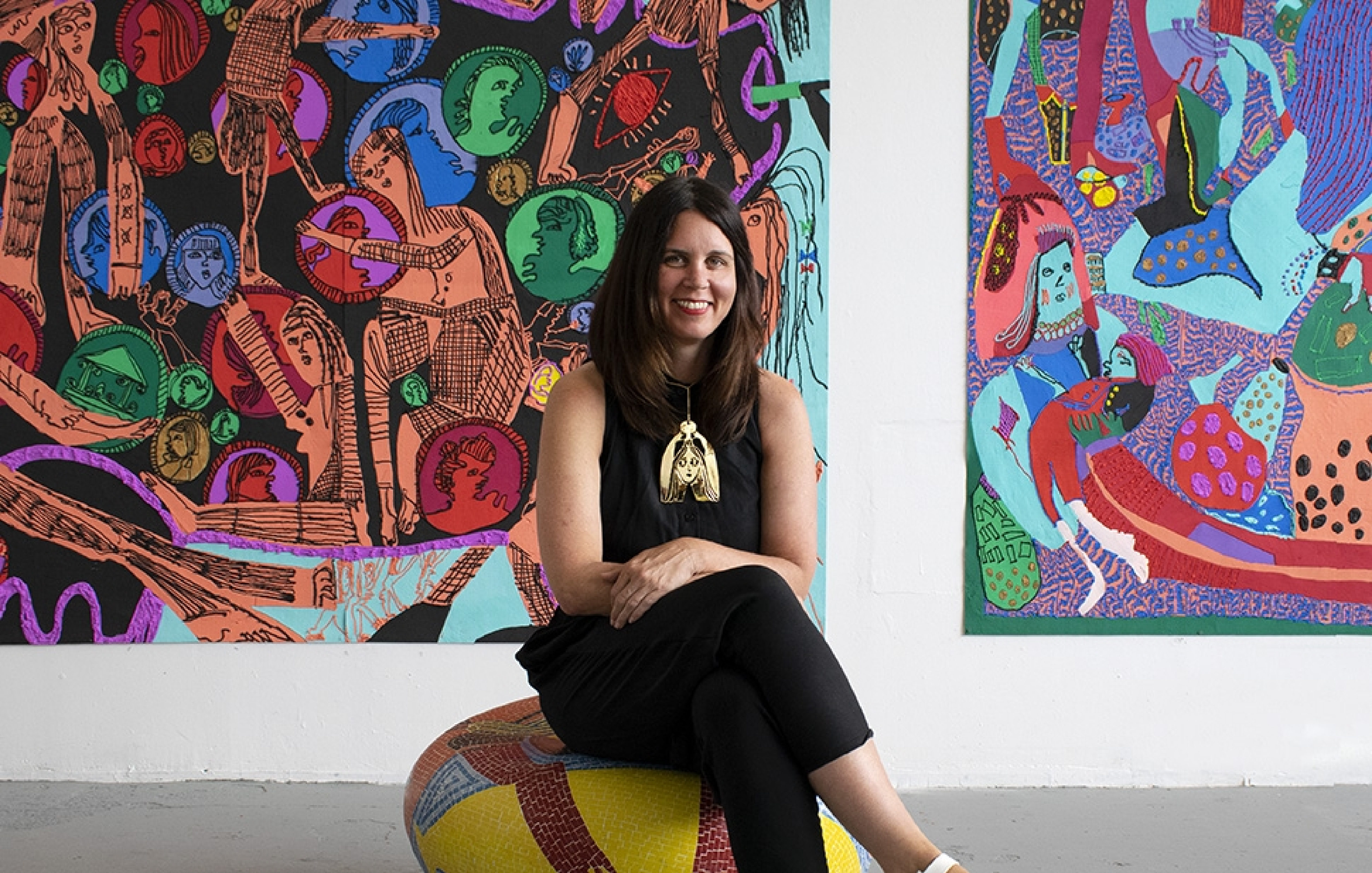
Abigail MacFadden • March 5, 2024 •
5 min read
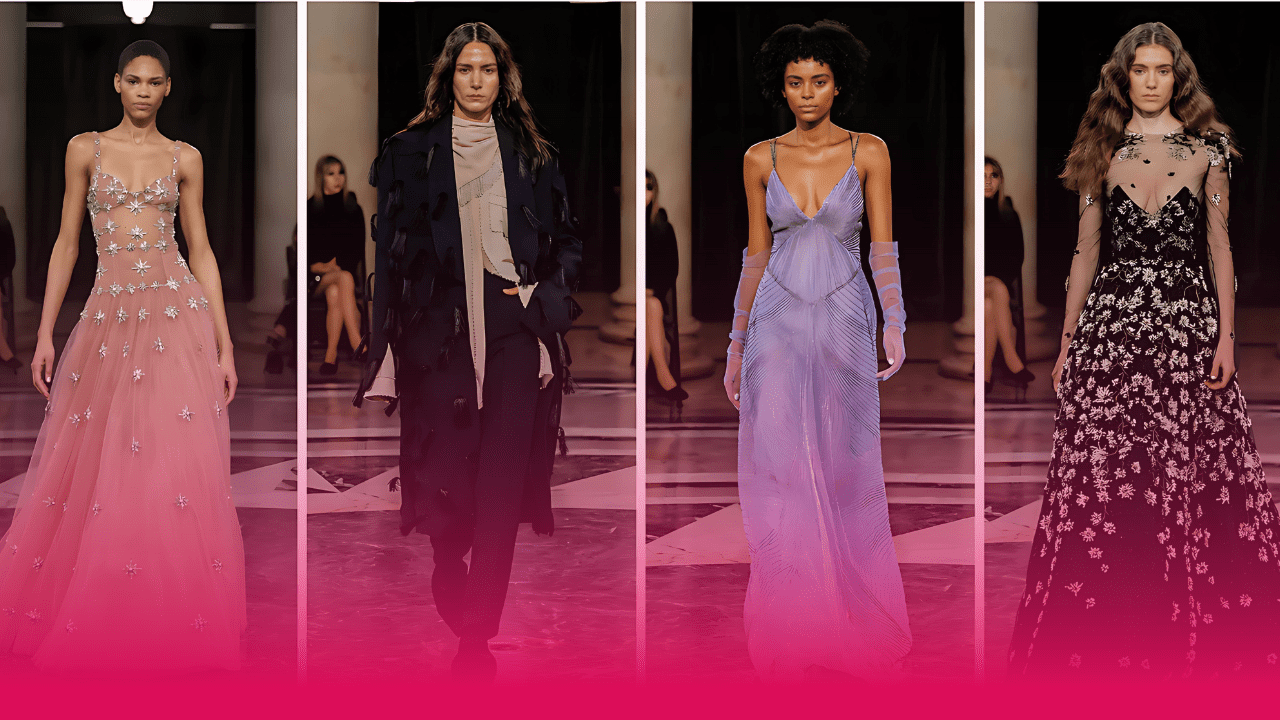
M Marki • March 1, 2024 •
3 min read
Don’t miss our future updates! Get Subscribed Today!
© 2025 Creativo Consolidated, All Rights Reserved.